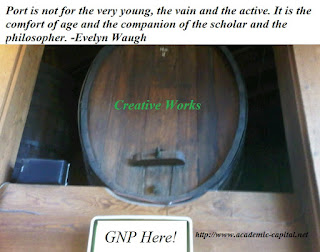Universities are commonly seen as partners in
innovation development. Research by Howels, Ramlogan, and Cheng (2012) suggests
that most traditional universities have a natural divide with businesses. These
universities do contribute to the fundamental foundations of innovation by
training and retaining new talent within local economies but are not often seen
as partners in innovation.
Brestow, et. al. (2011) found that universities are known
to develop local human capital, attract, develop and retain graduates. This
affords businesses an opportunity to gain knowledge transfer by hiring recent
graduates that have update theoretical skills with greater capacity to use
technology. The transfer is indirect and not well connected.
Universities often seek to measure their success in
fostering business development. Links are considered informal. They ignore the
concept that both formal and informal links contribute to innovation
development. The ability to measure these informal links is difficult and
companies do not regularly see the benefits of such connections due to their
indirect nature.
Those firms that have direct connections to
universities also have higher funded research and development departments.
Medium and small companies do not consistently have access to university
research, information or libraries. They rely more on their supplier networks
for new ideas and information.
In their literary search, the authors found that
both UK and U.S. traditional colleges seem to have this great divide with
business. Due to the nature of such universities and lack of direct connections,
they appear to lack formal communication with companies. The theoretical and
practical research generation from university endeavors is not often seen or
accessible to such companies.
The authors conclude that even though universities
have a hand in innovation development they are often informal in nature and
rarely direct. To move beyond this report it is possible to see how online
universities, with greater internet connectivity, could collaborate more with
businesses through open innovation platforms and available library access.
Research findings made public, business collaboration platforms, and access to
libraries may make direct connections between business innovative development
and university success. Relationships between universities and the business
sector could be become more collaborative and concrete.
Bristow, G., Pill, M., Davies, R.
and Drinkwater, S. (2011). Welsh Graduate Mobility , Cardiff, Welsh Institute
of Social and Economic Research, Data and Methods
Howells, J. & Ramlogan, R. & Cheng, S.
(2012). Innovation and university collaboration: paradox and complexity within
the knowledge economy. Cambridge Journal of
Economics, 36 (3).

